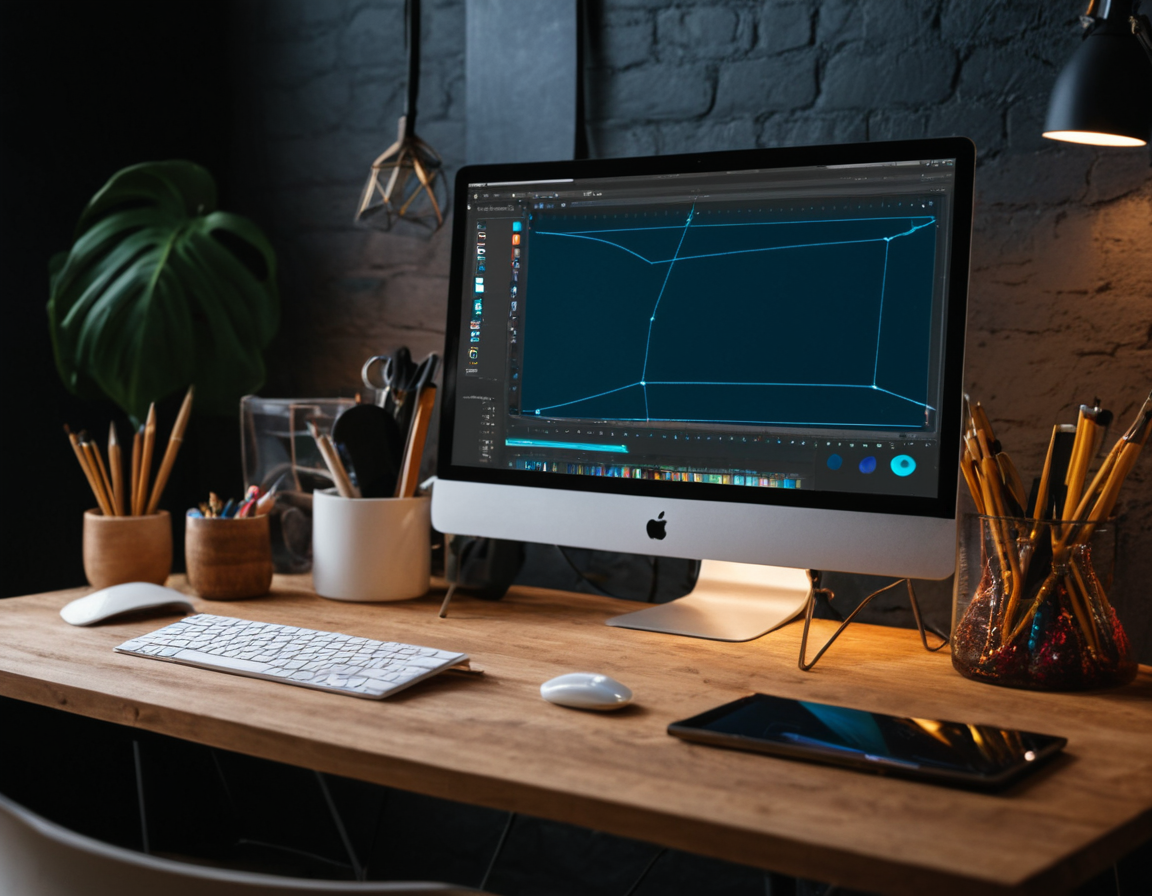Future AI Tools in Creative Marketplaces

The Future of Creative Marketplaces: How to Leverage AI-Powered Tools for Proven Results
Introduction
As the digital landscape continues to evolve, creative marketplaces are facing unprecedented challenges. The rise of AI-powered tools has drastically changed the way we work, interact, and create value. In this blog post, we will explore the future of creative marketplaces, focusing on how to leverage AI-powered tools for proven results.
The Current State of Creative Marketplaces
Creative marketplaces have always played a crucial role in connecting artists, designers, writers, and other creatives with potential clients. However, the traditional model is no longer sustainable. The abundance of low-quality content, coupled with the rise of automation, has made it increasingly difficult to stand out.
Moreover, the lack of transparency and accountability in the current system has led to a surge in scams, counterfeiting, and intellectual property theft. This has resulted in a decline in trust among both buyers and sellers, ultimately affecting the overall quality of content being shared.
The Role of AI-Powered Tools
AI-powered tools have the potential to revolutionize the creative marketplace. These tools can automate tedious tasks, provide real-time feedback, and even assist in the creation of high-quality content.
However, it’s essential to note that AI is not a replacement for human creativity and judgment. While AI can process vast amounts of data, it lacks the emotional depth, empathy, and nuance that humans bring to the table.
Leveraging AI-Powered Tools for Proven Results
So, how can you leverage AI-powered tools to improve your creative marketplace experience? Here are some practical steps:
- Identify your strengths and weaknesses: Understand what you’re good at and what areas need improvement. This will help you focus on developing skills that complement AI rather than competing with it.
- Automate repetitive tasks: Use AI-powered tools to streamline administrative tasks, such as social media management, email marketing, or data entry. This will free up time for more creative and high-value activities.
- Focus on high-quality content: Prioritize creating exceptional work that stands out from the crowd. AI can help with research, organization, and even generating ideas, but ultimately, it’s up to you to bring your unique perspective and vision to the table.
- Develop a growth mindset: Be open to learning new skills, embracing feedback, and adapting to changes in the market.
Practical Examples
Let’s take a closer look at some real-world examples of how AI-powered tools are being used in creative marketplaces:
- AI-assisted design tools: Software like Adobe Fresco or Prisma use AI to generate stunning designs, patterns, or even entire artworks. However, it’s essential to note that these tools require human input and oversight to ensure they align with your brand values and aesthetic.
- Content analysis and optimization: Tools like Grammarly or Hemingway Editor can help refine your writing style, tone, and clarity. These AI-powered tools can analyze your content, provide suggestions for improvement, and even assist in optimizing SEO.
Conclusion
The future of creative marketplaces is not about replacing human creativity with AI; it’s about augmenting our abilities, working smarter, and focusing on what truly matters – delivering exceptional value to clients and audiences.
As we navigate this uncharted territory, it’s essential to prioritize transparency, accountability, and quality. By embracing AI-powered tools as a means to an end, rather than an end in themselves, we can unlock unprecedented opportunities for growth, innovation, and success.
So, the question remains: are you ready to harness the power of AI to elevate your creative marketplace experience?
Tags
future-of-creative-marketplaces ai-powered-tools proven-results digital-landscape intellectual-property
About Thiago Pereyra
Hi, I'm Thiago Pereyra, and I've spent the last decade helping photographers unlock their creative potential through tutorials, workshops, and gear reviews on lentecreativa.com. My background in photography and post-production informs my passion for sharing actionable tips and techniques to help you take your craft to the next level.
